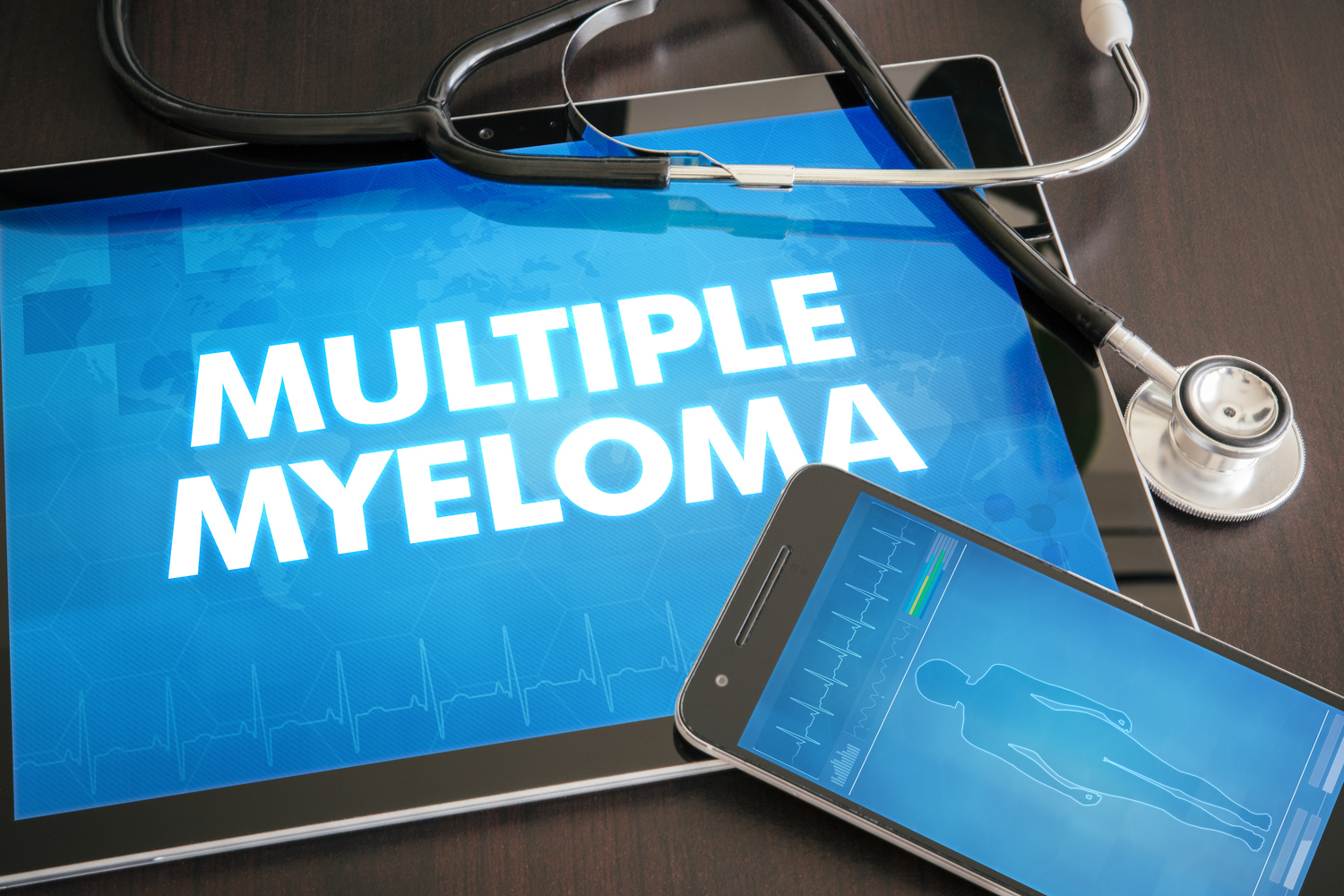
The Different Stages of Multiple Myeloma
Multiple myeloma is a type of cancer that is found in the plasma cells, which are the white blood cells. Plasma is the part of the cell that helps the body fight infections by making antibodies that can attack germs. Multiple myeloma treatments are dependent on the stage of the cancer.
1. What is multiple myeloma?
Multiple myeloma is a condition that causes cancer cells to collect in the bone marrow where they increase in number. The body then produces abnormal proteins instead of the helpful antibodies which causes complications. The plasma in the blood is consequently affected, leading to symptoms.
2. What are the symptoms of multiple myeloma?
The signs and symptoms of multiple myeloma depend on the stage of the disease. In some cases, there may be no symptoms.
Some of the signs of multiple myeloma are:
- Nausea
- Bone pain
- Loss of appetite
- Constipation
- Fatigue
- Weight loss
- Excessive thirst
- Numbness in the legs
3. What are the different stages of multiple myeloma?
To get multiple myeloma treatments, it is essential to know the stage at which the disease has been diagnosed. To determine the stage, the blood cell count and the protein in the blood and urine are analyzed.
- Stage 0
- This stage is called the smoldering myeloma. It is a slow-growing type which is characterized by the increase of plasma cells in the bone marrow and the excessive presence of protein without any signs or symptoms.
- Stage I
- In this stage, tests indicate that there are a small number of myeloma cells in the system. The levels of the beta 2 macroglobulin may be higher than normal while the level of albumin may be decreased.
- Stage II
- This is an intermediate stage that is assigned if the myeloma cannot be classified in stages I and III. The patient is given multiple myeloma treatments based on the speed at which the disease is spreading.
- Stage III
- This is the stage where the level of myeloma cells in the body is high. In this stage, advanced symptoms can be found. There are high levels of beta 2 macroglobulin and low levels of albumin.
4. How is multiple myeloma diagnosed?
Some tests and procedures are prescribed to diagnose the condition. Multiple tests are performed to confirm the disease and multiple myeloma treatments are administered accordingly.
- Blood tests are done where protein levels and the presence of myeloma cells are checked.
- A urine analysis may show the presence of the M protein.
- The bone marrow is examined by removing a sample from the bone to check for myeloma cells.
- Tests such as X-ray, MRI, CR or PET are performed to check for problems with the bone.
5. What are the multiple myeloma treatments?
If immediate symptoms are not identified, multiple myeloma treatments may not be needed. However, the condition is constantly monitored by specialists. If the symptoms persist, treatment options such as targeted treatment, biological therapy, chemotherapy, corticosteroids, bone marrow transplant or radiation therapy are administered based on the stage of cancer.


